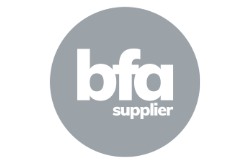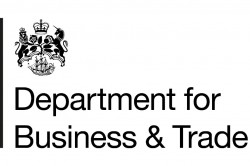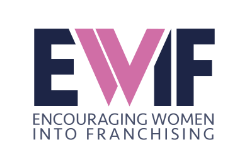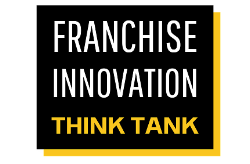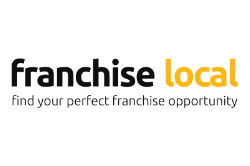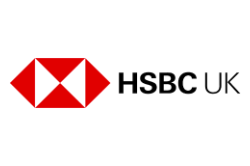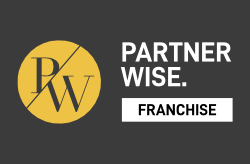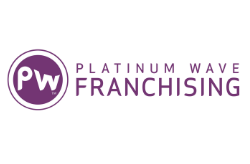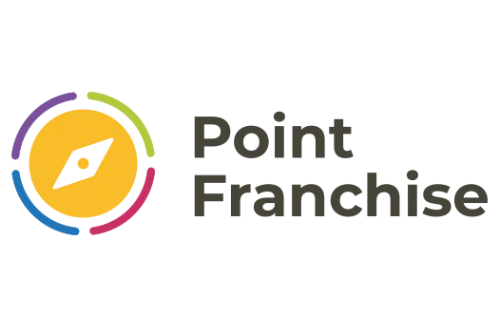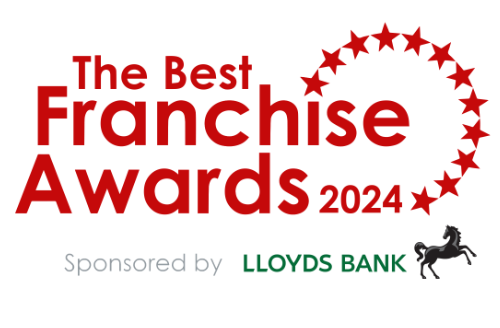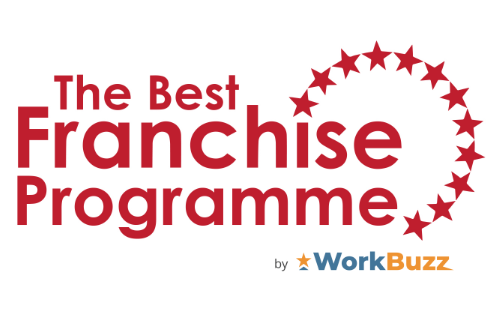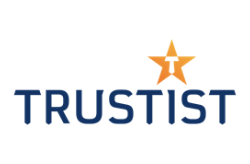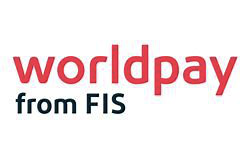Business has never felt better – orders are pouring in and customers can’t get enough of your offer. But are you actually making money? A franchise may be busy but that doesn’t necessarily mean it’s profitable. Many franchise owners don’t precisely know when their operation goes from shelling out cash to making a profit or if costs exceed the money coming in. So how can you be confident that you’re in the black and things really are as good as they seem? “
Pinpointing profit
About 97% of UK franchise-owned outlets were profitable in 2015, according to the latest figures from the bfa. Or were they? It’s a stunning number but it is self-reported – in other words, franchisees stated whether they believe their operation is profitable or not. The truth is an alarming number of bosses rely on their gut instincts when it comes to judging the health of their enterprise. In fact, according to past government research, as many as one in two people running an SME doesn’t know their business’s breakeven point, which is when its revenue equals its outgoings. Put simply, it’s the figure that indicates how many sales need to be made in order to turn a profit.
In no way do I wish to cast doubt on the success of franchises. Famously, they are more likely to be profitable than traditional startups because they are following a tried and tested business concept. Established franchises also tend to receive more support from conventional lenders – at least before the economic downturn – than that offered to standalone small companies. Finally, franchises have the support of their franchisor, from marketing and advertising to training and problem-solving. But managing the financial nuts and bolts of an outlet still typically comes down to the individual franchisee. And the reality is some people are better at crunching numbers than others. “
The dangers of ignorance”
If the person directly in control of the company finances doesn’t know when the operation is breaking even, accurate business planning becomes a near impossibility. Not only can it affect pricing policy, it will also have some bearing on how much a business might produce of a given item, the amount of stock it needs to carry or what services it offers. Moreover, it can cast light on individual expenses – such as the cost of marketing or materials used – which may be disproportionately high.
This kind of knowledge really is power. Financially savvy franchisees will keep their breakeven point as low as possible in order to maximise their profit potential. This requires monitoring key figures as often as weekly or monthly, then making changes where necessary to keep profits healthy. “
But it is not just about giving your franchise the best chance of success; it is also about managing risk. If a business isn’t regularly checking its sales, margins, overheads and net profit, it could be stumbling towards failure, oblivious that disaster is about to strike. According to insolvency experts, a good proportion of smaller business collapses are caused by owners not having sufficient command of their operation’s basic numbers. While franchises are less prone to business failure than independent SMEs – the latest bfa survey suggests as little as 0.2% of franchises changed hands in 2015 due to commercial failure – the most successful franchisees will still always be those that have a handle on their core financials. “
Forewarned is forearmed”
Once a franchise owner has mastered their breakeven calculation, it should be able to maintain more accurate inventory levels, raise the prices of goods and services – if the franchisor allows it – and keep operational costs under control. But these regular assessments of company finances will also serve as an early warning system, flagging up when and if the business is losing money. If any shortfalls come to light before they pose a real threat to the day-to-day operation of a franchise outlet, it’s possible for the owner to deal with the situation in a timely manner. This may mean cuttings costs, chasing outstanding invoices or looking at the options available for bridging finance to keep the cash flowing while a long-term solution is found.
To maintain an accurate picture at all times, franchise owners need to put systems in place to check sales, orders, overheads and profit then recalculate these numbers regularly to get an up-to-date idea of the enterprise’s health. Monitoring such figures on an ongoing basis also means a business owner has records against which he or she can measure the franchise’s success, getting a sense of its overall performance. “
If the official data is to be believed, chances are your franchise is likely to be in profit but it’s sensible to be sure. Undertaking regular breakeven analysis is not only good business practice, it will also help a franchise that’s seeking funding. Any lender wants to see that a business is in command of its finances and knows what is flowing in and out of its coffers.
Profit is the holy grail for any business so make sure that your franchise has the greatest chance of achieving it – and maximising it.”

Alex Littner
Littner certainly has pedigree when it comes to finance. Currently managing director at Boost Capital, a business funding company, he previously spent eight years at American Express working on its Small Business Card Portfolio across EMEA, Asia-Pacific, Latin America and the Caribbean. Away from work, Littner is a family and football man: he has a two-year-old daughter and an Arsenal season ticket.

Alex Littner
Littner certainly has pedigree when it comes to finance. Currently managing director at Boost Capital, a business funding company, he previously spent eight years at American Express working on its Small Business Card Portfolio across EMEA, Asia-Pacific, Latin America and the Caribbean. Away from work, Littner is a family and football man: he has a two-year-old daughter and an Arsenal season ticket.






